Welcome to the captivating realm of Chinese art! In this article, we will explore the vibrant traditions and masterpieces that have captivated the attention of people all over the world. Chinese artworks are a part of a rich and diverse artistic tradition that spans thousands of years, with distinct styles and themes. The techniques have evolved with time, but the four main categories are distinct in nature and significant in Chinese culture. These four main categories are:
Traditional Chinese Painting,
Landscape Painting,
Figure Painting and
Bird and Flower Painting.
Let us dig deeper into each category and find out more about them.
1. Traditional Chinese Painting, also called Guohua:
The style of painting emphasises meticulous attention and precision in capturing subjects. Artists would use brushes, ink, and rice paper to paint. These paintings delivered emotional messages for viewers to appreciate the subtle details of life.
The 2 main techniques are: Gongbi and Xieyi.
- Gongbi:
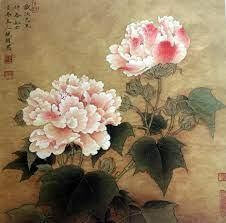
The word ‘Gongbi’ means “meticulous”. The work is characterised with fine brush strokes, highly detailed and realistic depictions. The subject matter includes historic and mythological themes with images portraying figures and landscapes.
- Xieyi:
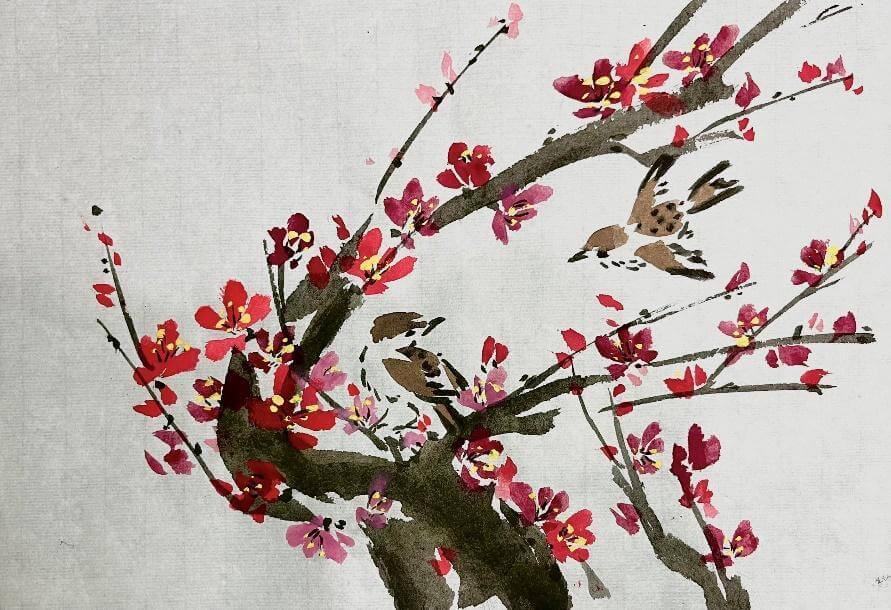
The term ‘Xieyi’ means “freehand style” and literally stands for “writing ideas”. Therefore, if you are fond of calligraphy, line drawing and shading, and are fond of emoting through colours, then this style is perfect for you. The technique focuses on capturing the spirit and essence of a subject with looser and more dramatic brushwork.
2. Landscape Painting, also called Shanshui:
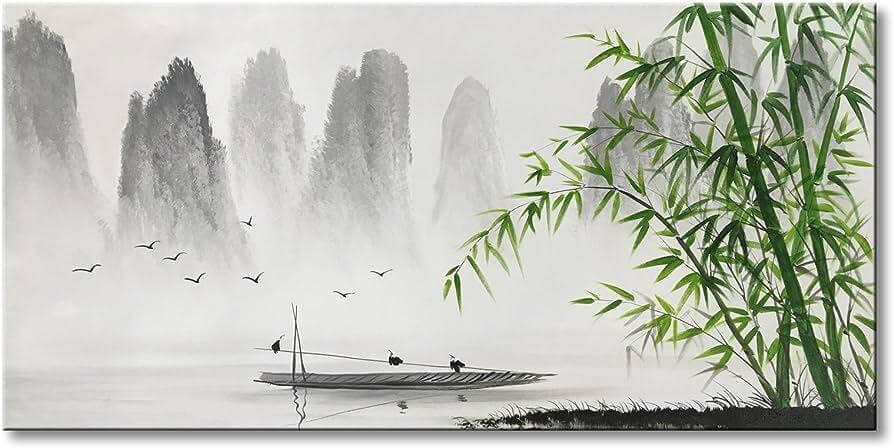
The word ‘Shanshui’ means “mountain-water.” The paintings typically depict natural scenery that focuses on the harmonious relationship between a human and nature. The key elements of the paintings are mountains covered in mist, rivers, trees, and clouds which has a more philosophical meaning than a literal one. The brushstrokes are bold and expressive as the painter wants the viewer to feel a certain way. When you look at such a work of art, you will feel calmer, and more connected to nature.
3. Figure Painting, also called Renwu Hua:
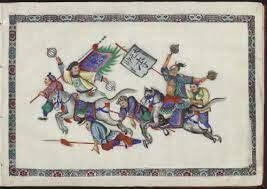
“Renwu” means “people” in Chinese, and “Hua” means “painting”. Therefore, these paintings are basically depicting people doing different things.
These paintings centre around the lives of people. From historical figures and scholars to the common folk, these paintings portray people in various settings and landscapes performing functions like dancing, working, fighting or simply having fun. Chinese figure paintings reflect societal values, aesthetics, and even cultural diversity. The aim of the artist is to capture personalities, emotions, and stories of individuals they depict.
It is like meeting new friends from long ago through colourful paintings.
4. Bird and Flower Painting, also called Huaniao Hua:

The word “Huaniao” means “bird’s-eye” and “hua” as mentioned above means “painting.” These paintings celebrate the beauty of the natural world as they depict birds, flowers, insects and other elements of plant and animal kingdom.
These paintings depict what the world would seem from above and depict forests, trees, bridges, and many other structures from a bird’s point of view. Artists aim to capture the lifelike qualities of their subjects while infusing them with symbolic meanings.
Viewing these paintings is like taking a magical flight like a bird through some of the most enchanting places on Earth!
4 Interesting Facts About Chinese Artworks:
- Invention of Paper and Silk: Paper was invented during the Han Dynasty (206 BCE- 220 BCE) which allowed for more accessible and versatile canvases, expanding possibilities for artistic expressions. Prior to paper, silk was the primary medium for Chinese paintings.
- Silk Road Influence: The Silk Road was a trade route that connected China with the Mediterranean region. Therefore, it absorbed elements of different artistic traditions, such as Persian and Indian influences enriching the Chinese artistic repertoire.
- The Four Gentlemen: In Chinese brush painting, the four main classic brush painting subjects are bamboo, orchid, plum blossom, and chrysanthemum. These elements when incorporated in a painting stood for piety, loyalty, humanity, and benevolence.
- Yin-And-Yang Balance: Ying-and-Yang is one of the main elements of Chinese philosophy. While yang is associated with positive principles in the Universe like heaven and light, yin is associated with negative principles like darkness and weakness.
In Chinese artwork, an artist will depict Yang with a strong dark brush stroke. On the other hand, yin will be depicted by a pale stroke. A balance of the two elements makes a piece of art harmonious and well-balanced to deliver a message.
Chinese painting is a vast and diverse art form with a rich history. Traditional Chinese paintings, landscape paintings, figure paintings and bird flower paintings each offer a unique perspective on Chinese culture, philosophy, and aesthetics. The artform continues to inspire and captivate the attention of art enthusiasts around the world reflecting the enduring appeal of this ancient tradition.
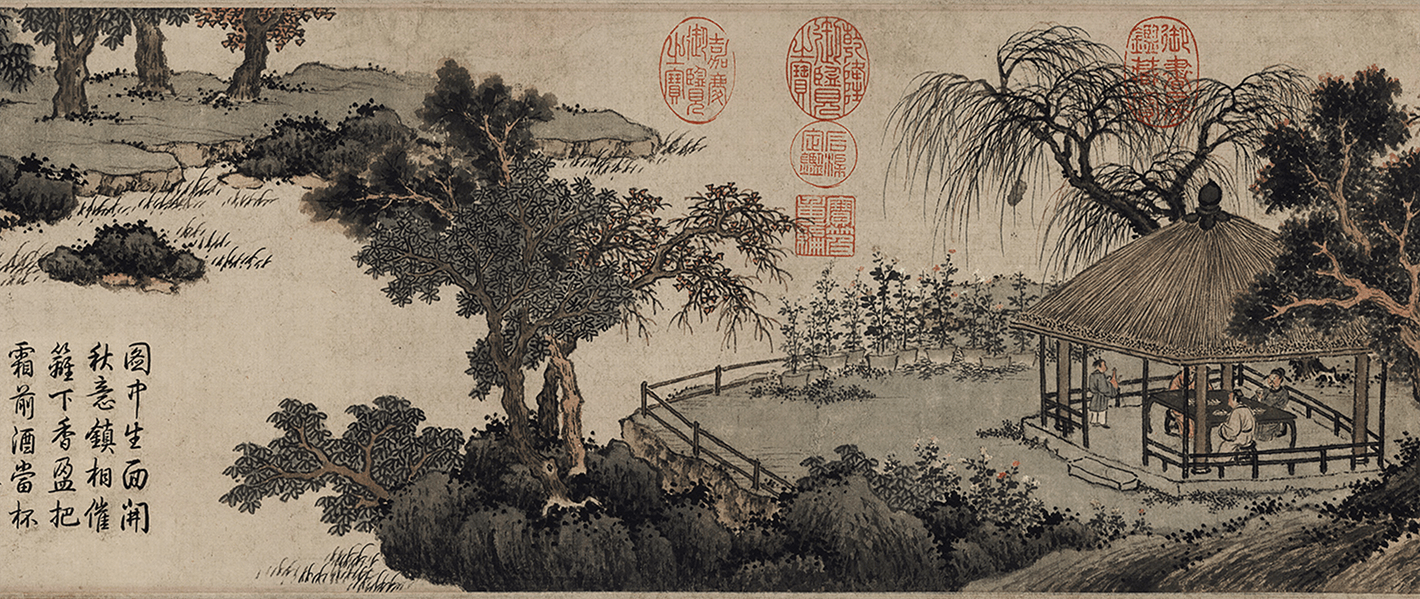
)
)
)
)
)
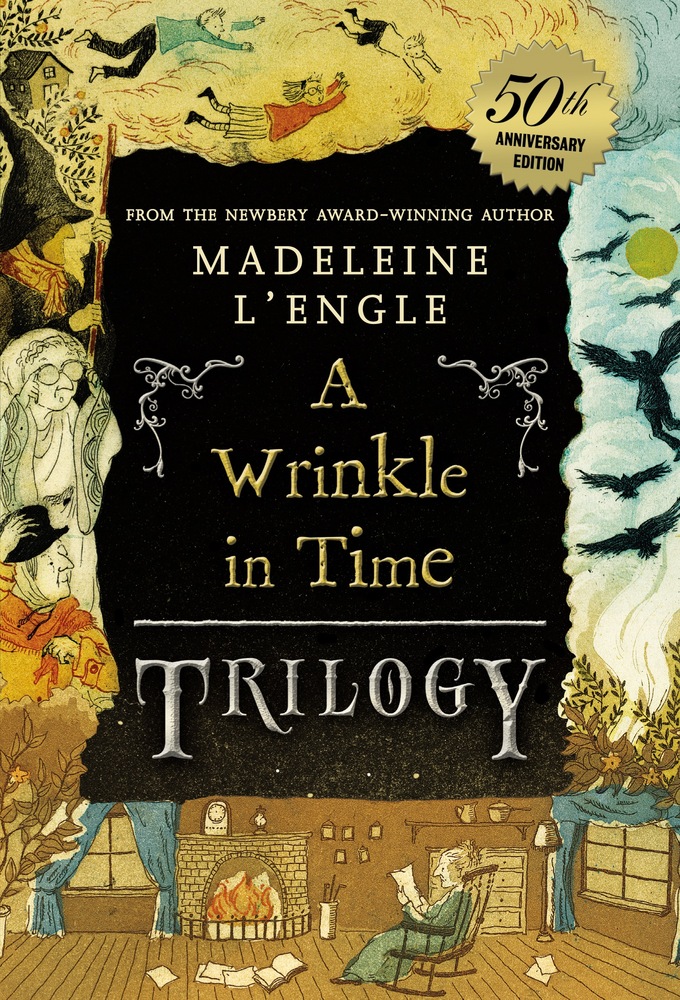)
)
)
)
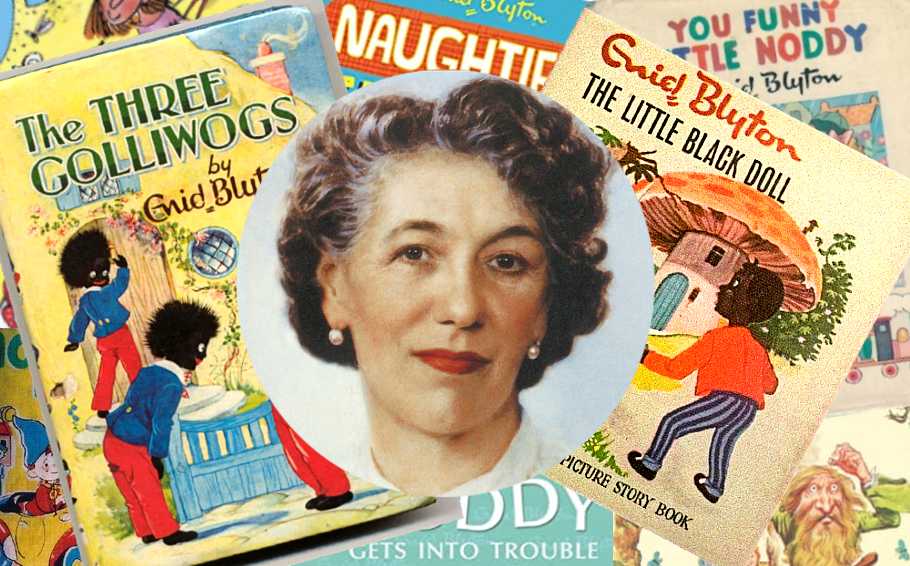)